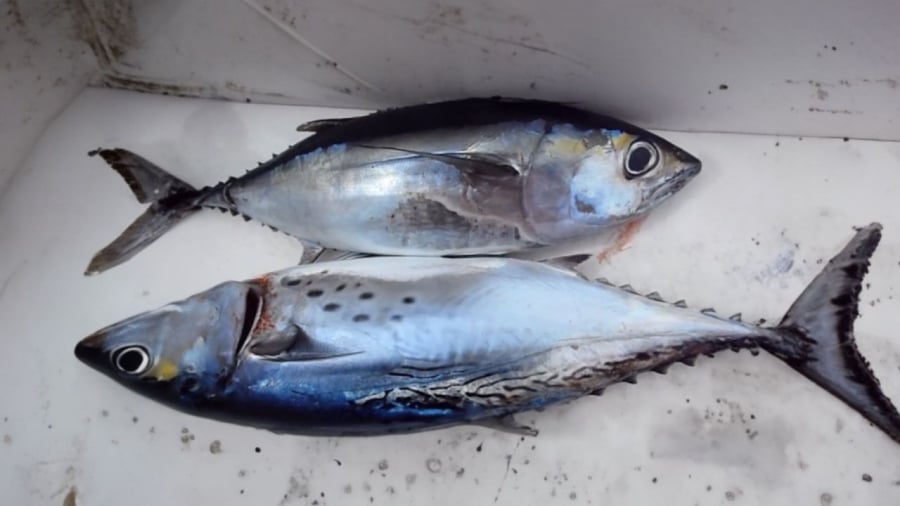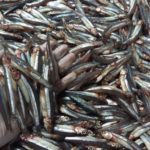Fish is a wholesome food recommended by many health experts to be incorporated more into the modern diet. That is because fish is packed with healthy proteins and many other nutrients. However, not all fish have only positive attributes. The types of fish listed below have particularly high levels of toxic mercury, which can be extremely harmful to the nervous system, so it is recommended to minimize consumption of these types of fish.
Bluefin Tuna
Bluefin tuna is a fish species that has raised alarms due to its high levels of mercury. Mercury is a very harmful metal, and when consumed, it takes a long time to be eliminated from the body, gradually accumulating. Eating bluefin tuna can cause mercury to accumulate in the body and become difficult to expel, leading to mercury poisoning. In young children, bluefin tuna can cause mercury poisoning, which can have detrimental effects on their physical and cognitive development. Mercury poisoning damages the mucous membranes of the mouth as well as erodes the digestive tract, kidneys, and capillaries. It can also cause damage to the brains of young children.

Bluefin tuna has high levels of mercury
King Mackerel
King mackerel, despite being a fish rich in omega-3 fatty acids, is classified as a fish with high levels of mercury, so consuming it can have both benefits and high risks. There are other types of fish, such as herring and various nuts and seeds, that can provide omega-3 fatty acids without the risk of mercury contamination. Therefore, it is recommended to avoid this type of fish, especially for pregnant women and young children.
Orange Roughy
Orange roughy is a fish with a rough, orange-colored exterior and can live up to 150 years. Since they live for such a long time, they are at an increased risk of accumulating high levels of mercury. Therefore, it is recommended to avoid this type of fish, especially for young children.
Catfish
Catfish are known for their omnivorous and scavenging feeding habits, and they can survive in very polluted environments. This makes them susceptible to contamination. They can accumulate mercury, lead, and various other parasites. Therefore, it is recommended to limit consumption of catfish, and when you do eat it, ensure that it is thoroughly cooked.

Catfish can accumulate mercury and parasites
Tilefish
Unlike freshwater bluegill, tilefish have been classified by the U.S. Food and Drug Administration (FDA) as one of the fish species most susceptible to mercury contamination because they live on the ocean floor (80% of the mercury in the upper water levels is broken down by sunlight). This species of fish is also an omnivore and can ingest toxins from microorganisms, so eating tilefish can pose health risks.
Therefore, if you see any of the aforementioned types of fish at the market, it is best to avoid purchasing them. To supplement your intake of omega-3 fatty acids, there are many alternative sources you can use, such as vegetables, nuts, or other types of fish that are safer to eat, like herring and sardines, which are rich in omega-3 fatty acids but contain lower levels of mercury.
Selecting a Suitable Catfish for Delicious Meals
 Catfish for Delicious Meals’>
Catfish for Delicious Meals’>If you’re interested in creating delicious catfish dishes but don’t know the best cooking methods, then this article is for you! Learn the techniques to select the perfect catfish for your recipes and how to make the most flavorful and mouthwatering meals.






































